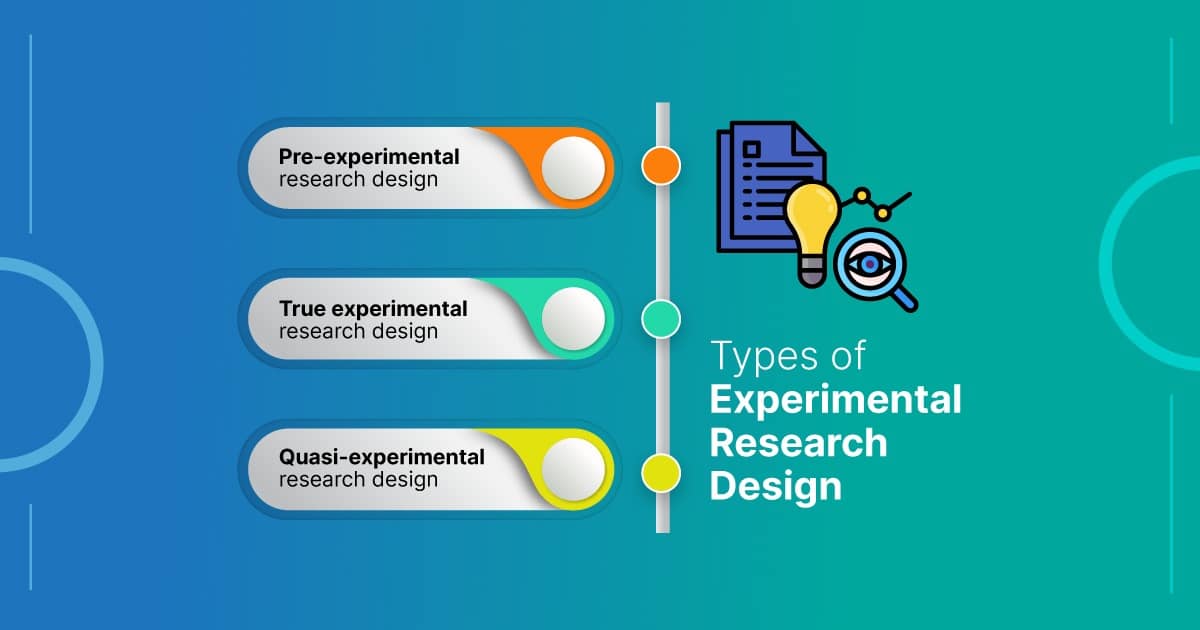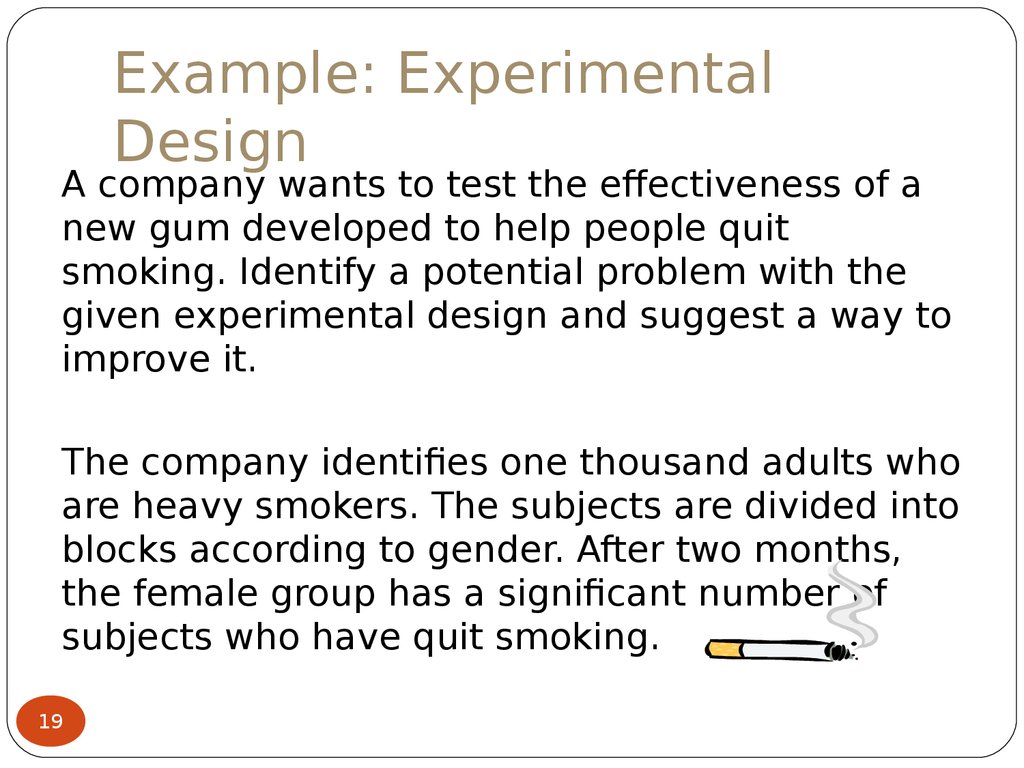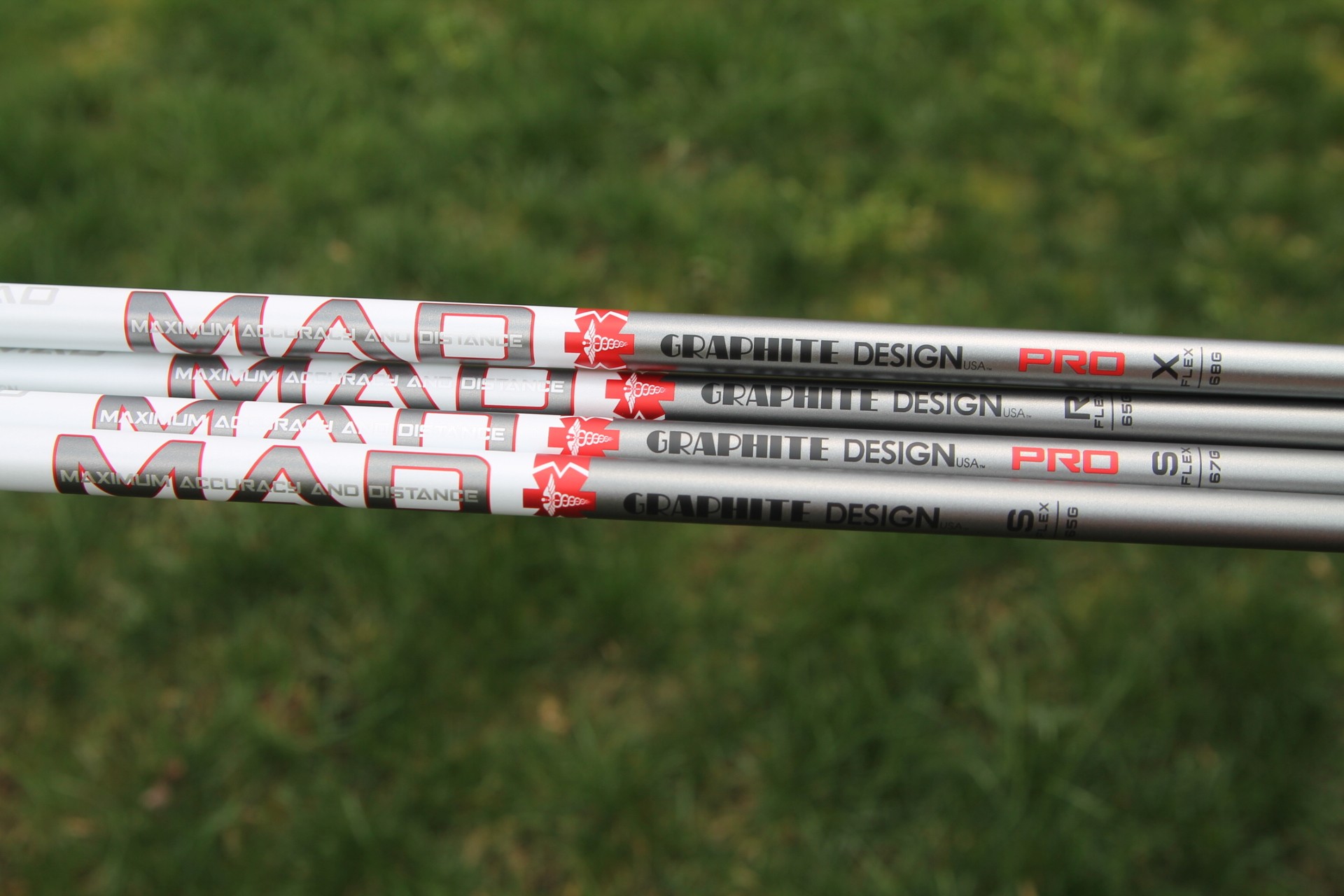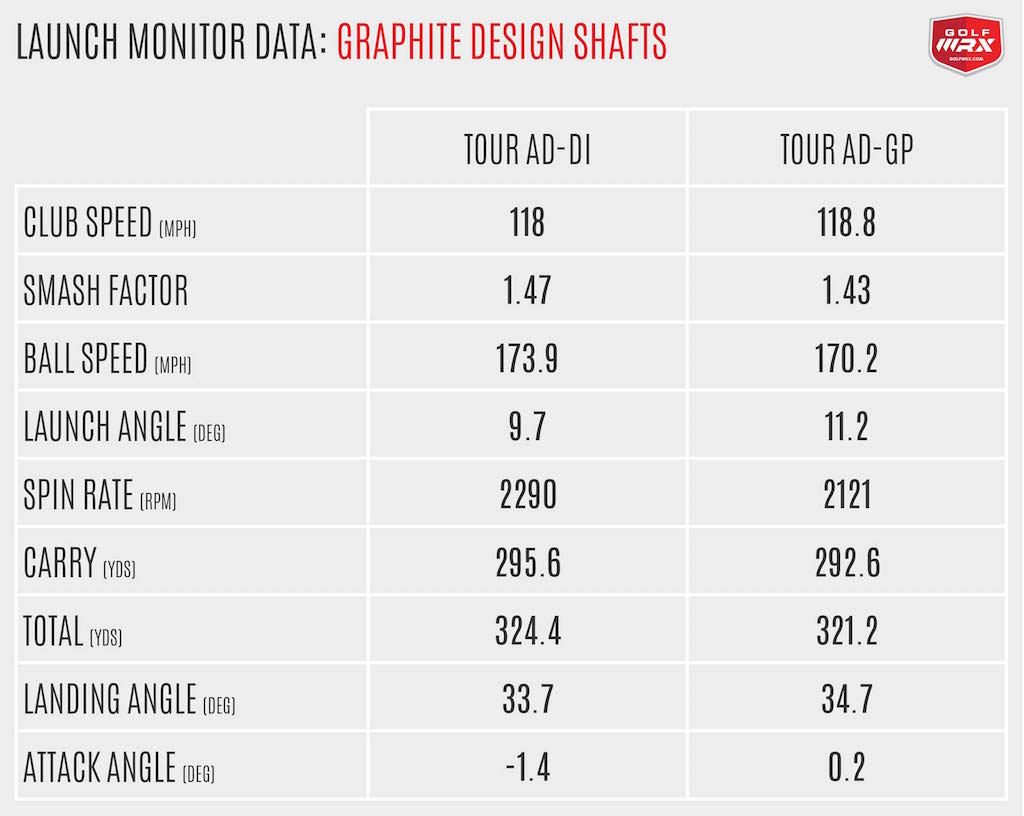
This type of experimental research is commonly observed in the physical sciences. Condition one attempted to recall a list of words that were organized into meaningful categories; condition two attempted to recall the same words, randomly grouped on the page. To compare the effectiveness of two different types of therapy for depression, depressed patients were assigned to receive either cognitive therapy or behavior therapy for a 12-week period.
Repeated Measures Design Cons
Introduction to Research Design in Legal Studies - Legal Service India
Introduction to Research Design in Legal Studies.
Posted: Sat, 19 Aug 2023 17:44:32 GMT [source]
Because this design produces a lot of data, and computers are the number crunchers that help make sense of it all. So, thanks to our silicon friends, researchers can study complicated questions like, "How do diet AND exercise together affect weight loss?" instead of looking at just one of those factors. Imagine juggling not just one, but multiple balls in the air—that's what researchers do in a factorial design. In real life, it's often not possible or ethical to randomly assign people to different groups, especially when dealing with sensitive topics like education or social issues.

Analytical Studies
The second is that each participant is assigned to a condition independently of other participants. Thus one way to assign participants to two conditions would be to flip a coin for each one. When the procedure is computerized, the computer program often handles the random assignment. Independent variables are not introduced, withdrawn, or manipulated in non-experimental designs, but the same may not be said about experimental research. In pre-experimental research design, either a group or various dependent groups are observed for the effect of the application of an independent variable which is presumed to cause change.
Pre-Experimental Design
Imagine if all the professional-level players ended up on one soccer team and all the beginners on another; that wouldn't be a very informative match! Covariate Adaptive Randomization fixes this by using important traits or characteristics (called "covariates") to guide the randomization process. This design is one of the classics, a staple in research for decades across various fields like psychology, education, and healthcare.
(PDF) Selecting and Improving Quasi-Experimental Designs in Effectiveness and Implementation Research - ResearchGate
(PDF) Selecting and Improving Quasi-Experimental Designs in Effectiveness and Implementation Research.
Posted: Sat, 13 Jan 2018 03:03:19 GMT [source]
True Experimental Design Cons
This approach was a lot more reliable than just sitting around and thinking. If you toss ingredients into a bowl without measuring, you'll end up with a mess instead of a tasty dessert. Randomization is important in an experimental research because it ensures unbiased results of the experiment. It also measures the cause-effect relationship on a particular group of interest. By comparing their outcomes in biochemical tests, the researcher can confirm that the changes in the plants were due to the sunlight and not the other variables. Usually, researchers miss out on checking if their hypothesis is logical to be tested.
Step 2: Write your hypothesis
In this type of research, a single group is given a pre-test before a study is conducted and a post-test after the study is conducted. The aim of this one-group pre-test post-test research design is to combine and compare the data collected during these tests. Not all kinds of experimental research can be carried out using simulation as a data collection tool. It is very impractical for a lot of laboratory-based research that involves chemical processes. Only one group of carefully selected subjects are considered in this research, making it a pre-experimental research design example. We will also notice that tests are only carried out at the end of the semester, and not at the beginning.
Prevent plagiarism, run a free check.
You decide to apply it to one section of your garden first, watch how it performs, and then gradually extend the technique to other sections. This way, you get to see its effects over time and across different conditions. Bayesian Designs are highly valued in medical research, finance, environmental science, and even in Internet search algorithms. Their ability to continually update and refine hypotheses based on new evidence makes them particularly useful in fields where data is constantly evolving and where quick, informed decisions are crucial. This method is particularly useful in fast-paced or high-stakes situations, like developing a new vaccine in the middle of a pandemic.
This design doesn't just look at one or two things; it looks at several variables simultaneously to see how they interact and affect each other. A high-profile example of Mixed-Methods Design is research on climate change. Scientists use numbers and data to show temperature changes (quantitative), but they also interview people to understand how these changes are affecting communities (qualitative). In a similar way, Crossover Design allows subjects to experience multiple conditions, flipping them around so that everyone gets a turn in each role.
Experimenter effects
Researchers using this design collect all their data at one point, providing a kind of "snapshot" of whatever they're studying. First off, it's the go-to for studying change over time, whether that's how people age or how a forest recovers from a fire. A good example of this is early studies on the effects of screen time on kids. Researchers couldn't control every aspect of a child's life, but they could easily ask parents to track how much time their kids spent in front of screens and then look for trends in behavior or school performance. In the later part of the 20th century and into our time, computers have totally shaken things up.
Differences between experimental and non experimental research on definitions, types, examples, data collection tools, uses, advantages etc. Formplus is the best tool for collecting experimental data using surveys. It has relevant features that will aid the data collection process and can also be used in other aspects of experimental research. A survey is a tool used to gather relevant data about the characteristics of a population and is one of the most common data collection tools.
Experimental research is often the final form of a study conducted in the research process which is considered to provide conclusive and specific results. It involves a lot of resources, time, and money and is not easy to conduct, unless a foundation of research is built. Yet it is widely used in research institutes and commercial industries, for its most conclusive results in the scientific approach.
In those cases, researchers must be aware of not certifying about causal attribution when their design doesn't allow for it. The same goes for studies with correlational design (Adér & Mellenbergh, 2008). There are multiple approaches for determining the set of design points (unique combinations of the settings of the independent variables) to be used in the experiment. For example, assume the goal is to determine the strength gain in novice and experienced athletes as a result of 3 strength training programs. Rate of change in strength is not a measurable variable; rather, it is calculated from strength measurements taken at various time intervals during the training.













